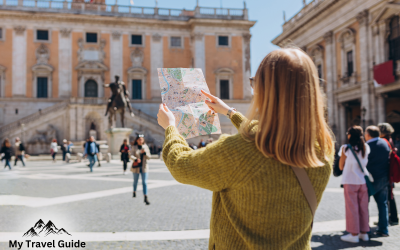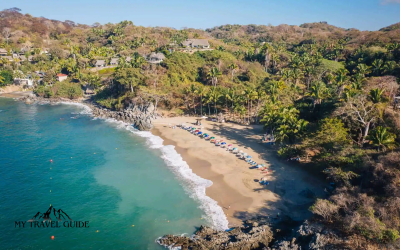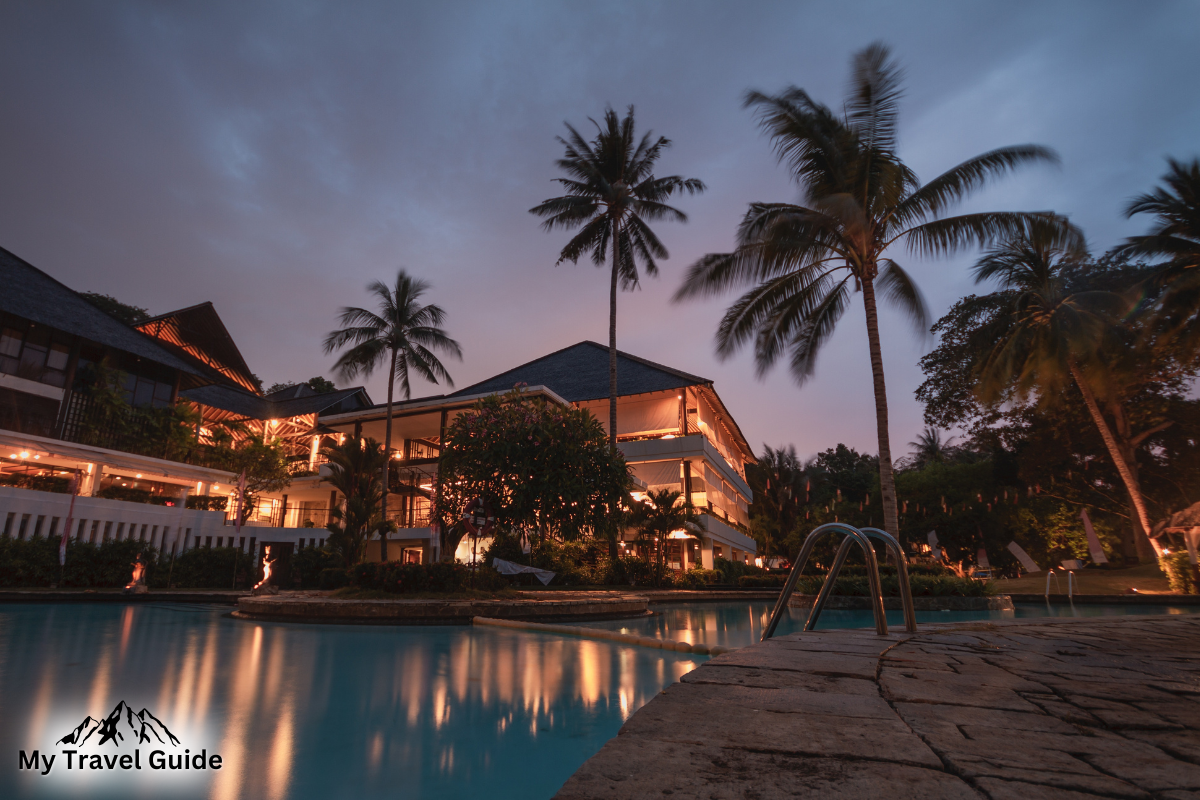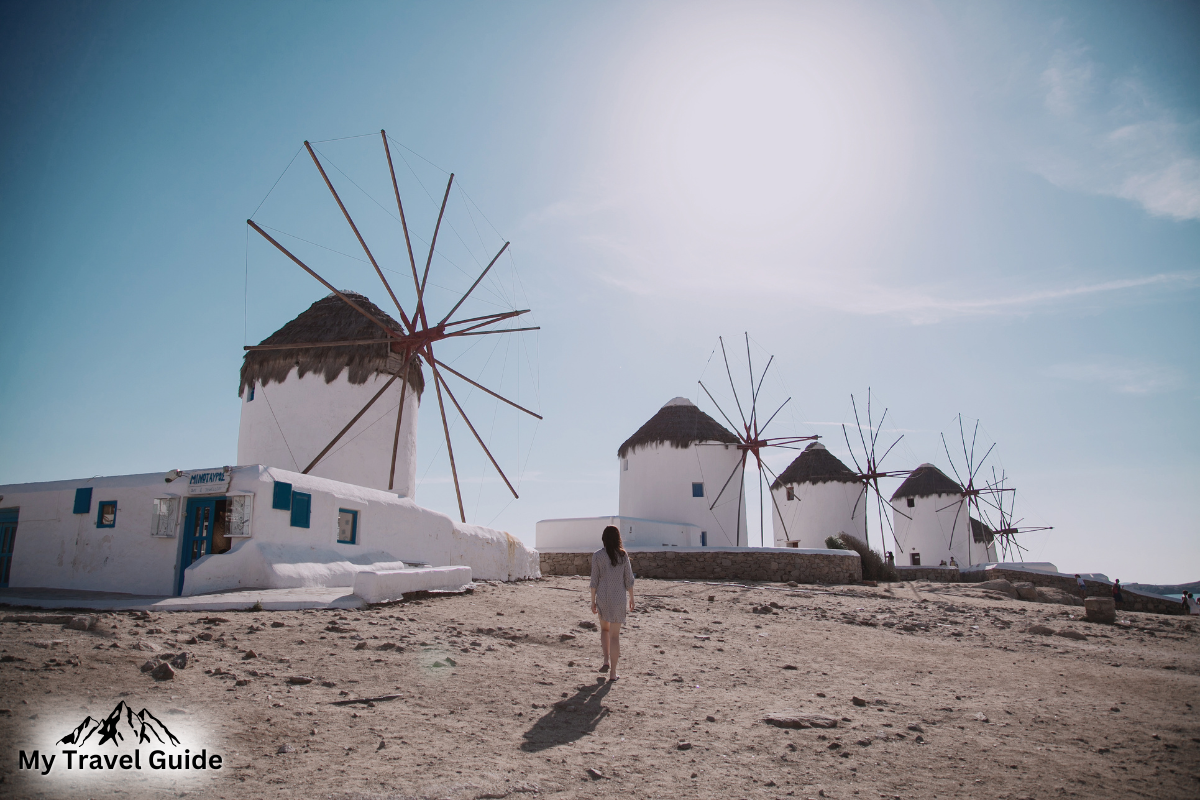5 Things Nobody Tells You About Traveling in Portugal
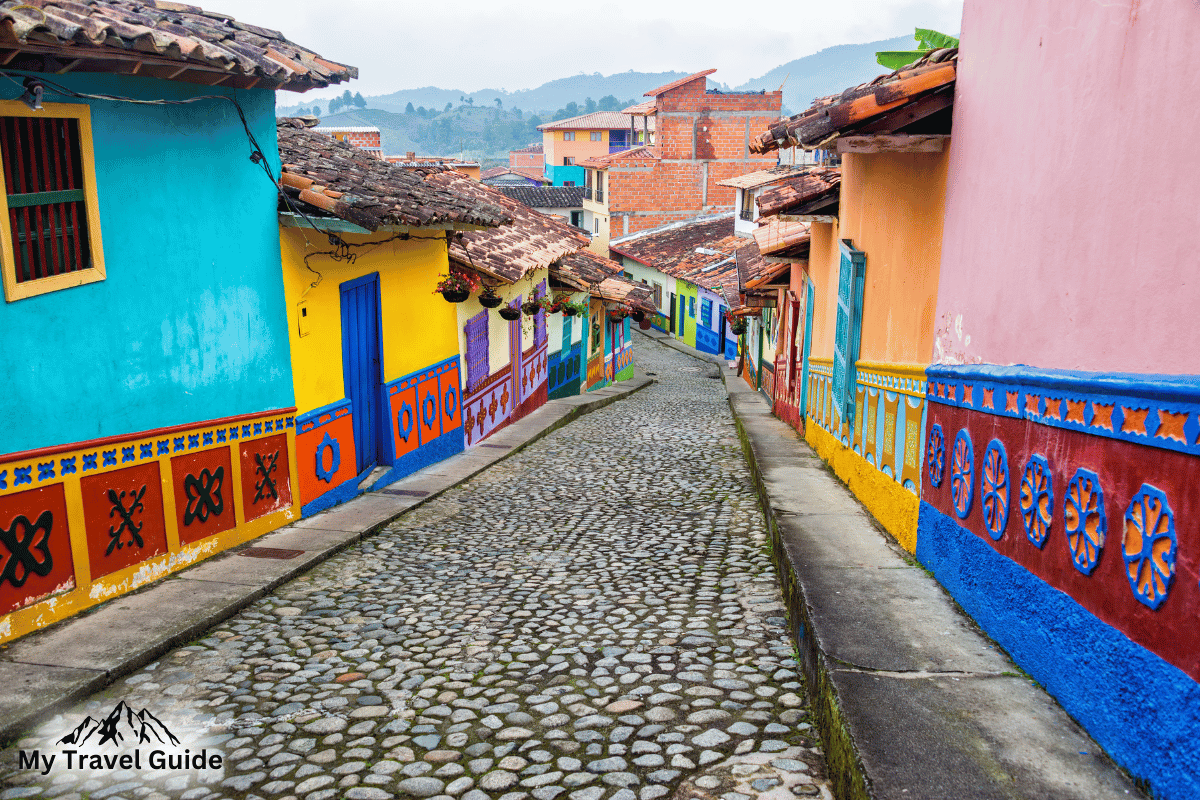
Portugal, a country brimming with charm, stunning landscapes, and mouthwatering cuisine, remains a favorite among travelers. While guidebooks often highlight iconic sites like Lisbon’s trams or Porto’s wine cellars, there are lesser-known aspects that can transform your trip. Here are five things nobody tells you about traveling in Portugal, ensuring you explore this destination like a seasoned traveler.
The Surprising Diversity of Portugal’s Climate
One might assume Portugal enjoys uniform Mediterranean weather, but this couldn’t be further from the truth. While the Algarve boasts sun-soaked beaches, northern regions like Porto and the Douro Valley can be much cooler, even in summer. Travelers often overlook the microclimates, leading to underprepared packing. Bring layers, as a sunny morning in Lisbon can turn into a brisk, windy evening by the coast.
Insider Tip
If you’re visiting between November and March, prepare for rain, especially in the north. A compact umbrella or rain jacket will be your best companion.
Portuguese Cuisine Goes Beyond Bacalhau
Portugal is famous for its love of bacalhau (salted codfish), but its culinary landscape is far more diverse than this staple dish. From the rich, meaty flavors of alheira sausage to the light, fresh taste of grilled sardines, there’s something to satisfy every palate.
Don’t Miss This
- Francesinha in Porto: A hearty sandwich layered with meats, melted cheese, and beer-based sauce.
- Bifana in Lisbon: A marinated pork sandwich perfect for a quick bite.
- Pastéis de Nata: The creamy custard tart that’s irresistible at any time of day.
Portuguese People Are Warm but Reserved
Portuguese locals are known for their warm hospitality, yet they often come across as reserved compared to their Mediterranean neighbors. While they’re more than willing to help when asked, striking up a conversation might require a little effort. Politeness and patience go a long way in winning their hearts.
Cultural Etiquette
Learn a few basic Portuguese phrases. Saying “obrigado/a” (thank you) or “bom dia” (good morning) often elicits a smile. Avoid rushing interactions, as locals appreciate a calm and measured approach.
Trains Are Scenic but Not Always Punctual
Traveling by train in Portugal offers breathtaking views, especially along routes like the Douro Valley or the coastal Algarve. However, the charm of train travel sometimes comes with delays. Expect a relaxed approach to schedules, particularly in smaller towns.
Pro Traveler’s Advice
For longer journeys, such as Lisbon to Porto, consider the high-speed Alfa Pendular trains for a smoother experience. Always check schedules in advance and allow extra time for transfers.
Tipping Isn’t Standard, But It’s Appreciated
Unlike in some countries, tipping in Portugal isn’t mandatory. Locals usually round up the bill or leave small change as a gesture of appreciation. In tourist-heavy areas, tipping may be more common, but excessive tips might feel out of place.
How to Handle Tips
- Round up the bill at casual restaurants or cafés.
- For exceptional service in a fine-dining setting, 5-10% is generous.
- Tipping taxi drivers isn’t expected but rounding up is kind.
Portugal’s hidden charms and local quirks make it an exciting destination for both first-time visitors and seasoned travelers. By embracing these lesser-known insights, you’ll experience the country in a more authentic and enriching way.
See Also: San Diego to Los Angeles: Scenic Travel Guide
FAQs
What’s the best time to visit Portugal?
Spring (April to June) and fall (September to November) offer pleasant weather and fewer crowds.
Do I need to speak Portuguese to travel in Portugal?
While English is widely spoken in tourist areas, learning basic Portuguese phrases can enhance your experience.
Is public transport reliable in Portugal?
Public transport, especially trains and metros, is efficient in major cities but can be less reliable in rural areas.
What’s the one dish I must try in Portugal?
You can’t leave without trying pastéis de nata, Portugal’s iconic custard tart.
How should I dress when visiting Portugal?
Dress comfortably, with layers to accommodate shifting temperatures. Comfortable shoes are a must for cobblestone streets.
Are credit cards widely accepted in Portugal?
Yes, but it’s wise to carry some cash for small purchases, especially in rural areas or local markets.



